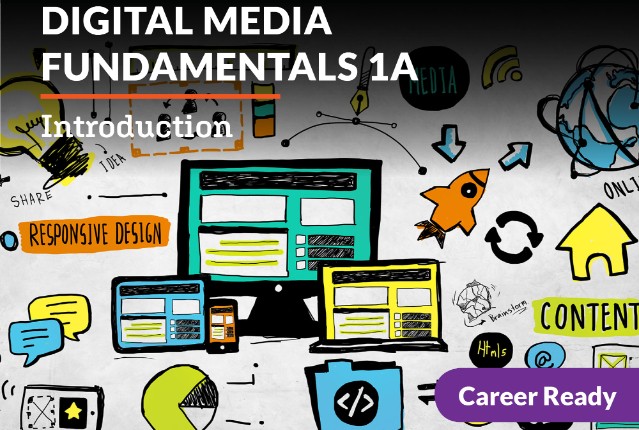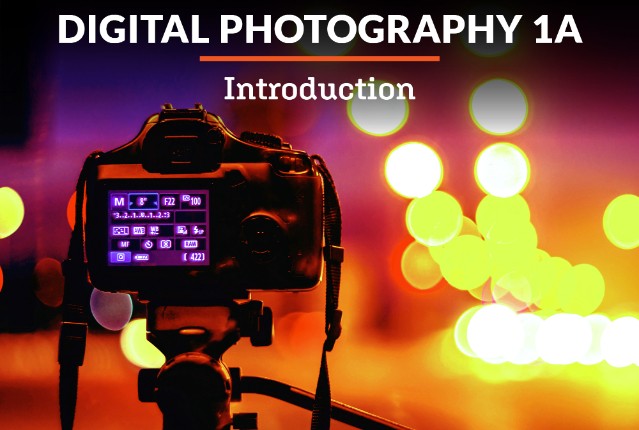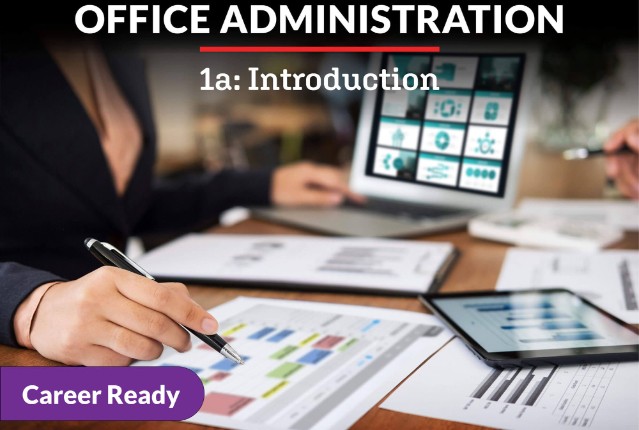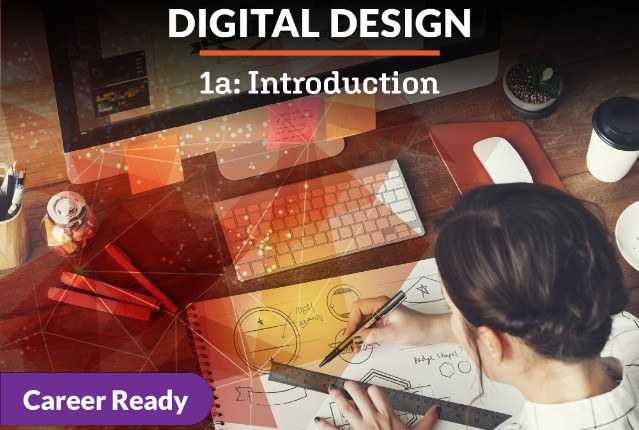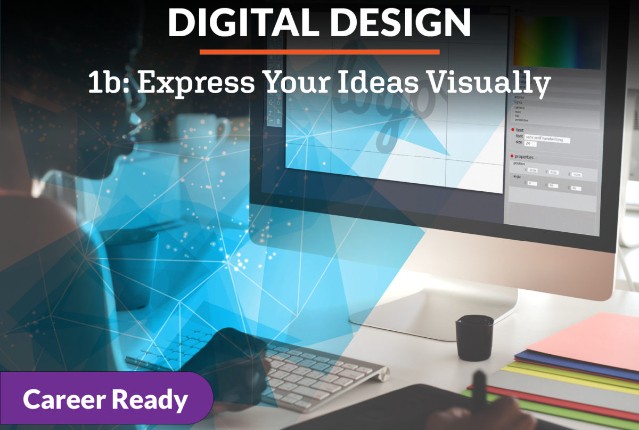
Digital Design 1b: Express Your Ideas Visually
Are you ready to dig deeper and discover more about the world of digital design? In this course, you will continue building the foundational skills necessary to become a successful graphic designer. You will learn and apply effective communication and people skills, explore and implement the design process, create images, properly use equipment, and evaluate and market your own designs. By the end of the course, you’ll better be able to decide if a career in digital design is for you… and if the answer is yes, you’ll be well on your way to designing a bright future!
Review course outlineAccess for a year
USD 299.00*
* Choose more courses to get a discount
